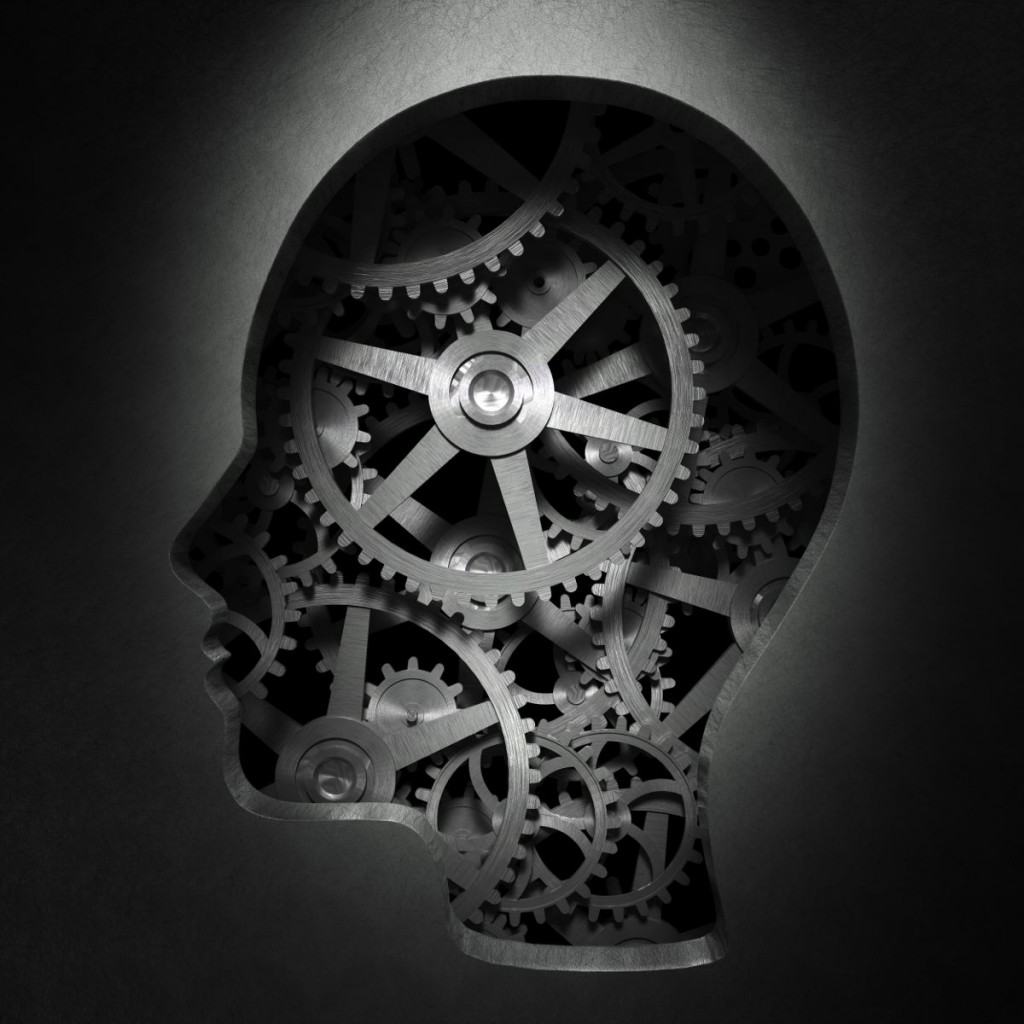+ or –

+ or –
Parashat Vayikra
Probably
the hardest part of coaching is getting started. How do you begin the conversation with the person you are coaching so that they will open up? Sometimes, a person knows what he wants, so he is much easier to coach. But, more often than not, people don’t know. They just know that they are not happy, that something could be better. Opening up the other person is not only a talent, but a skill. It all starts with a question, but the questions is… which question? As a rookie coach, I would ask, “If I were your genie, if I had a magic wand and could give you whatever you wanted in life, what would be your three wishes?” Sometimes, it worked. Not that I had magic to fulfill the wish, but I did have what seemed to be magic to help him figure out what he wanted. From childhood to grandpa-hood, what makes people upset is wanting something and not getting it. People are happy when they have what they want. Simple. What is not simple is why this person does not yet have what he wants, what exactly he wants, and what can be done differently so that he can get it. Just being a genie of the lamp, revealing someone’s wants, we already met two major goals. We got them to realize that there is something that they want that they do not have. And we got them to realize, to some measure, what that thing is. But, this magic didn’t always work. People cannot always think of a real wish, a real life want, when they meet me in a genie costume.
So, I learned another coaching trick. And this one almost always works. Ask what they don’t want. What would you really like to stop having, doing or being – and if you could stop whatever it is, it would be amazing? The reason why the negative approach works when the positive does not is because there are two types of people in this world. There are the + types and the – types. One type has a plus sign in his head, and the other has a minus sign in his head. Some people are “positive” people, looking at the positive side of things. And some are running on “negative”. The latter do not know what they want, but they know what they don’t want, what bothers them. The mind can’t be in both states at once. Most people usually drift between being positive and negative. Sometimes like this. And sometimes like that. The mind can function on only one operating system at a time. If they can’t think of what they want, many times the reason is because they are thinking of what they don’t want.
A good coach needs to connect to whoever it is he is meeting with. He needs to come up with “the mirror question”, a question that reflects the state of mind of the client. Then, step two of the skilled coach is to take the things that the person does not want, the negative expression, and turn that into something that they do want, the positive… “I want my boss to stop screaming at me. I want my boss to respect me. I don’t want to have such a hard time getting up in the morning early enough for prayers. I want to wake up well rested. I don’t want to be jealous anymore. I want to be happy with what I have.” Once a person translates his “wants” from a negative to a positive form of expression, there is a much greater chance that he will get what he wants. It is less complicated to get your boss to respect you than it is to get him to stop screaming at someone he does not respect. It is simpler to make a schedule to wake up, well rested, than to stop having a hard time getting up when there is no schedule. Out of many reasons that explain this phenomenon, one big reason is that when the mind is busy with what it does not want, it is in the negative mode, and the creativity factor is nil. We need to be in “creative thinking mode” in order to be on a different level from the problem.
I have learnt an effective approach to use when someone approaches me with a negative life story, with a lot of negative things going on. I say to him, “I understand that you have a lot of bad things going on in life.” (By doing this, we validate emotion. We validate the fact that there is such a perspective, the negative view of what is going on; that life situations can be seen as being negative. And, most important of all, by validating his feelings, we have connected to the client. The client feels that the coach understands him.) “I want to hear every last bit of the bitterness. But, first I need to hear of all the good things that you have in life, the things that make you feel as if G-d showers His Kindness and Goodness on your side or the fence.” When you first relate to the person’s present state or condition, you build rapport – a subconscious connection. Then, you can help them deal with the problem, now that you are on the same page.
In the case of many people, the problem starts and ends with a negative mental filter: seeing only the bad side, the problem. If we can get the person to see past that filter, we might get him to feel better. It does not mean that they will not think negatively again in a week from now. The Evil Inclination is that filter, and it gives a person no rest, forcing him to look at the negative side of things and to slide into the negative operating system. Negativity is not all false; it is just not the whole picture. The person who is suffering has been dwelling on the negative too long, without looking for the good in life and appreciating it. This would not happen, and does not happen, to a practicing Jew. Practicing Judaism means to pray with your whole heart, עבודה שבלב. It means to wake up and say, מודה אני for waking up. A genuine Jew starts off his day with appreciation, channeling him into the positive operating system. Some practicing Jews internalize this way of life, making it their hallmark and identity. And some give up this practice, and just stay Jewish.
Haman was on a roll. He was ahead of the game. Unstoppable. Nothing could stop him except for himself, tripping over his own shoelace. How did Haman fall? The same way that every wicked man has fallen. From Nimrod to Hitler. They looked at what they did not have. That one Jew. Abraham. That one Jew. Mordechai. Today, Europe; tomorrow, the world. וכל זה איננו שוה לי בכל עת אשר אני רואה את מרדכי היהודי יושב בשער המלך.. Haman told his family, Tomorrow I am invited to the private and intimate party of the King and Queen, and all this (honor and power) has no worth for me, when I see Mordechai the Jew, sitting at the King’s gate. (Esther 5) Haman had everything, but he had nothing. Because of one Jew who wouldn’t bow to him. All the Jews bowing to him did not make him feel power. Because he focused on what he did not have. This was his downfall. This negative filter. The only thing that makes sense would be for Haman to kill Mordechai, not all the Jews. He could have finished with him, on the spot. He would, then, have all the Jews bowing down to him, loyally. But once someone focuses on what he does not have, he forgets even what he does have. This was Haman’s downfall. And of course, who did it? G-d. The way G-d runs people’s lives in this world is by running their operating systems. Take a look at the last letters of the words זה איננו שוה לי and you will see G-d’s Name written backwards.
The Talmud asks, Where do we see Haman in the Torah? המן העץ (Breishit 3;11) . (Hullin 139b) The subtle reference to Haman in the Torah is hidden in words G-d said to Adam after the sin of eating fruit of the Tree of Knowledge. G-d said, המן העץ אשר צויתיך לבלתי אכל ממנו אכלת… Did you eat from the one tree that I forbade you to eat from? What is the common denominator between Haman, and Adam eating from the forbidden fruit?
The answer is the mindset of looking at what you do not have, the negative. G-d was saying to Adam, I gave you all the fruits of the world. I gave you all the good. Angels grilling you cowboy steaks and mixing you the finest of wines. All was yours, except for one fruit. And you could not hold yourself back? You had to look at what you do not have? Nothing else has any worth?
+ and – is behind all emotions. Is our operating system negative or positive?

